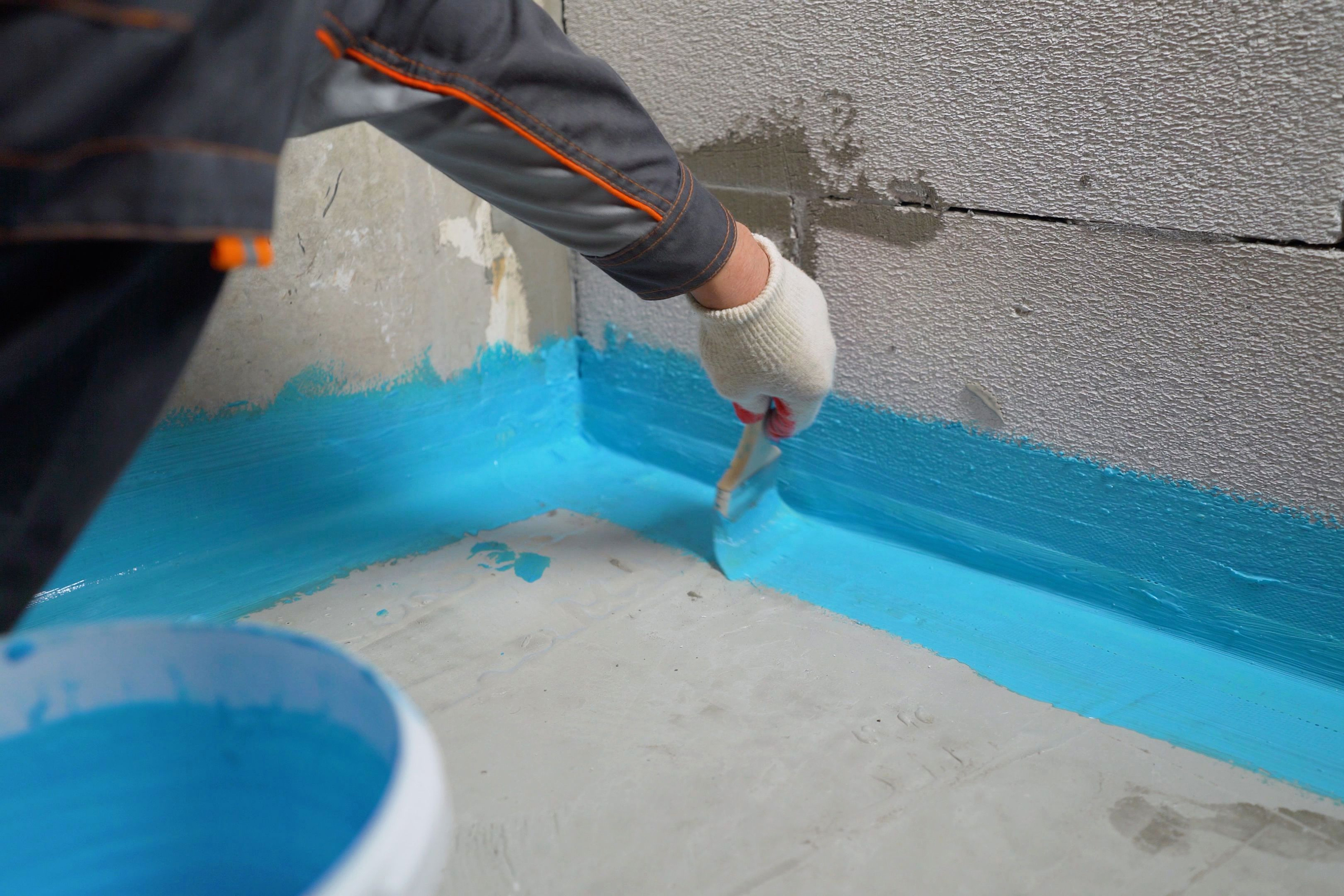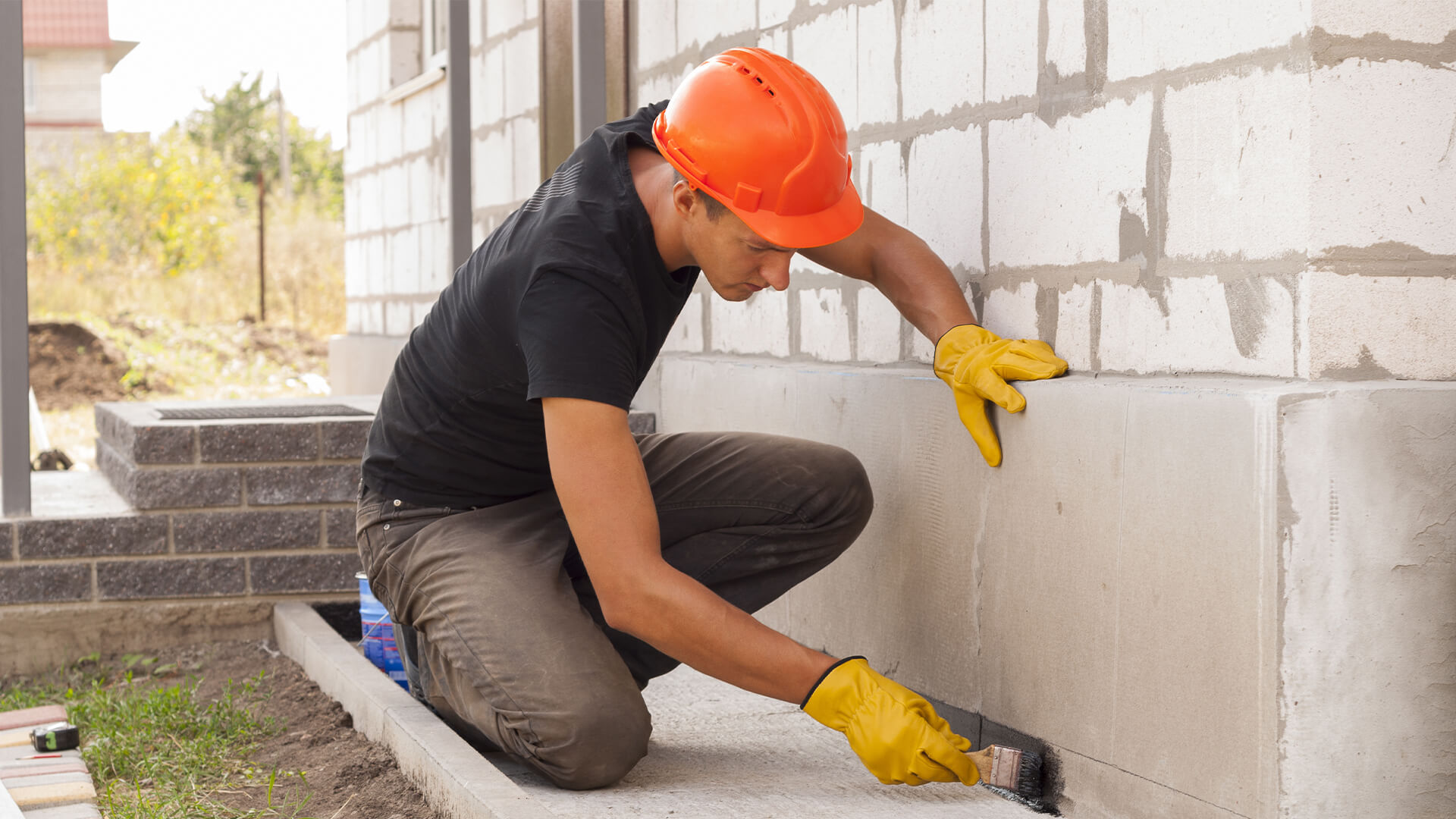Yard drainage Omaha: Real Results from Omaha Homes
Wiki Article
Just How Waterproofing Functions: A Thorough Look at Strategies and Technologies
Waterproofing is important for safeguarding structures from moisture-related damages. It includes various techniques and technologies that produce obstacles against water intrusion. Traditional techniques, such as compacted clay, coexist with contemporary innovations like liquid-applied membrane layers. Comprehending the subtleties of these approaches is important for effective application. The efficiency of any kind of waterproofing option hinges not just on the methods used but likewise on continuous upkeep and examination. What are the crucial aspects that influence long-lasting efficiency?Understanding the Basics of Waterproofing
Waterproofing is a crucial procedure that secures frameworks from water invasion, which can cause significant damage with time. This approach entails the application of numerous materials and techniques developed to create a barrier against wetness. The primary goal is to protect against water from permeating surface areas, which can create damage, mold and mildew growth, and architectural instability.Various variables influence the option of waterproofing approach, including the type of structure, its area, and ecological conditions. Understanding the physics of water motion and the buildings of various materials is vital in choosing an efficient waterproofing solution.Effective waterproofing not only safeguards structures yet additionally enhances their durability and integrity. Typically, it is incorporated right into the style stage of building and construction to guarantee detailed protection. As awareness of water-related issues expands, the value of comprehending waterproofing principles comes to be progressively clear to designers, building contractors, and residential property proprietors alike.Standard Waterproofing Techniques
Standard waterproofing approaches have been used for centuries, counting on tried and true strategies and products to guard frameworks from water damages. One of the earliest techniques includes making use of clay, which, when compacted, produces an all-natural barrier against wetness. Furthermore, bitumen, a sticky, black material stemmed from petroleum, has actually been utilized for its waterproof residential properties, commonly applied to roofs and foundations.Another technique involves the application of lime-based plasters, which supply a breathable layer that enables dampness to escape while stopping water ingress. Thatch roof covering, a typical approach still seen in some cultures, supplies superb waterproofing as a result of its firmly packed straw layers.Moreover, making use of stone and brick has actually been famous, as these products are naturally immune to water when properly installed. In general, traditional waterproofing methods highlight the importance of picking proper materials and building practices to improve sturdiness against water invasion.Modern Waterproofing Technologies
Advancements in contemporary waterproofing modern technologies have reinvented the means structures are safeguarded from water damages. Cutting-edge approaches such as liquid-applied membrane layers and advanced sealants have actually enhanced the effectiveness and adaptability of waterproofing solutions. These modern technologies permit seamless application, minimizing the threat of leakages and making certain complete insurance coverage over complicated surfaces.Moreover, the combination of clever innovations, such as dampness sensing units and automated tracking systems, allows real-time evaluation of waterproofing performance. This aggressive technique assists in prompt upkeep and minimizes lasting repair work costs.Additionally, improvements in spray-applied coverings offer fast application and exceptional adhesion, adjusting to various substrates while offering durable protection. Techniques like polymer-modified systems better enhance versatility and longevity, making them appropriate for varied settings. On the whole, contemporary waterproofing technologies not only reduce water intrusion but additionally add to the long life and sustainability of structures, noting a significant change in the sector.Products Used in Waterproofing
The effectiveness of waterproofing solutions greatly relies on the materials made use of in their application. Various materials are used to produce obstacles against water access, each with unique buildings fit for various settings. Typically used products consist of membrane layers, layers, and sealants.Liquid-applied membrane layers, frequently made from polyurethane or acrylic, form a seamless obstacle that adjusts to complex surfaces. Sheet membrane layers, generally built from rubber or polycarbonate, offer sturdiness and are perfect for bigger locations. Additionally, cementitious waterproofing products, made up of cementitious substances, offer excellent bond and flexibility.Sealants made from silicone or polyurethane are crucial for joints and joints, making sure extensive security. Advanced products, such as geo-composite membrane layers, integrate numerous functions, enhancing performance. In general, the choice of waterproofing products is crucial in Landscape drainage Omaha attaining long-lasting and efficient water resistance, customized to certain task needs and ecological conditions.
Usual Applications of Waterproofing
Waterproofing plays an important function in numerous sectors, ensuring the longevity and honesty of structures. Usual applications consist of property solutions that secure homes, business facilities that safeguards services, and industrial settings that require robust protection against moisture. Understanding these applications highlights the significance of waterproofing in preserving both safety and functionality across various environments.Residential Waterproofing Solutions
Several property owners face obstacles with wetness intrusion, making efficient household waterproofing services important. Various methods exist to address this issue, consisting of exterior and interior waterproofing systems. Inside services frequently include the application of sealants and finishings to basement walls, which help protect against water seepage. Outside techniques commonly include the installment of drainage systems and waterproof membranes that draw away water far from the foundation.Additionally, property owners may take into consideration sump pumps to remove water accumulation and dehumidifiers to regulate humidity levels. Appropriate grading and making use of gutters additionally play an important duty in taking care of water flow around the home. By applying these approaches, home owners can greatly minimize the danger of water damages and mold growth, making sure a dry and risk-free living setting.
Commercial Facilities Protection
Reliable waterproofing remedies play an important duty in the security of business facilities. Basement waterproofing Omaha. These methods are important for protecting structures, parking frameworks, and bridges from water damage, which can compromise architectural stability and lead to expensive fixings. Common applications include the installment of membrane layers, coatings, and sealants that produce barriers versus dampness infiltration. Areas such as cellars, roof coverings, and outside walls are usually prioritized to ensure longevity and resilience. Additionally, waterproofing systems can enhance power efficiency by stopping water-related issues that may cause mold and mildew growth and degeneration. By executing robust waterproofing actions, homeowner can protect their financial investments and keep operational performance, inevitably contributing to the total sustainability of industrial facilitiesIndustrial Applications Summary
While different sectors deal with special challenges, the need for trustworthy waterproofing solutions stays a consistent in industrial applications. Industries such as manufacturing, building and construction, and energy usually come across settings where moisture direct exposure can jeopardize structural stability and functional performance. In making centers, waterproofing is crucial for safeguarding equipment and materials from water damage. In building and construction, it safeguards structures and basements versus groundwater infiltration. The energy industry relies on waterproofing for the defense of devices in hydroelectric plants and overseas frameworks. Additionally, food handling industries utilize waterproofing to guarantee health and conformity with safety requirements. On the whole, efficient waterproofing options are essential for boosting longevity, safety and security, and efficiency throughout various industrial settings.
Upkeep and Longevity of Waterproofing Solutions
Although waterproofing options are designed to use lasting defense versus wetness intrusion, routine maintenance is necessary to ensure their performance and long life - Drainage & waterproofing company Omaha. Regular inspections play a significant role in recognizing prospective issues such as cracks, peeling off, or indications of water damages. Addressing these issues promptly can protect against more deterioration and costly repairs.Additionally, cleaning the surface of waterproofed areas aids get rid of dirt and particles that might jeopardize the honesty of the waterproofing obstacle. It's likewise suggested to reapply safety finishings or sealers as recommended by producers to maintain excellent efficiency. Ecological elements, such as UV exposure and severe weather problems, can affect the lifespan of waterproofing products, making normal assessment crucialOften Asked Concerns
Can Waterproofing Be Applied in Cold Weather?
The inquiry of applying waterproofing in cold climate increases concerns concerning adhesion and treating. Numerous products may not do at their finest in reduced temperatures, requiring cautious selection and factor to consider of particular standards for reliable application.The Length Of Time Does Waterproofing Normally Last?
The duration of waterproofing effectiveness differs based on products and environmental aspects. Typically, it can last from 5 to 10 years, but regular maintenance and examinations are vital to assure peak efficiency and long life.Is Do It Yourself Waterproofing Effective and Safe?
The effectiveness and security of DIY waterproofing depend upon various elements, including worldly high quality and application method. While some people attain satisfying results, others might come across problems that endanger long-term defense and structural stability.What Are the Indicators of Failing Waterproofing?
Indicators of stopping working waterproofing consist of noticeable water spots, peeling off paint, mold and mildew growth, musty odors, and wetness in walls or ceilings - Landscape drainage Omaha. These indications suggest endangered obstacles, demanding prompt evaluation and possible removal to avoid more damageJust how Do I Pick the Right Waterproofing Professional?

Report this wiki page